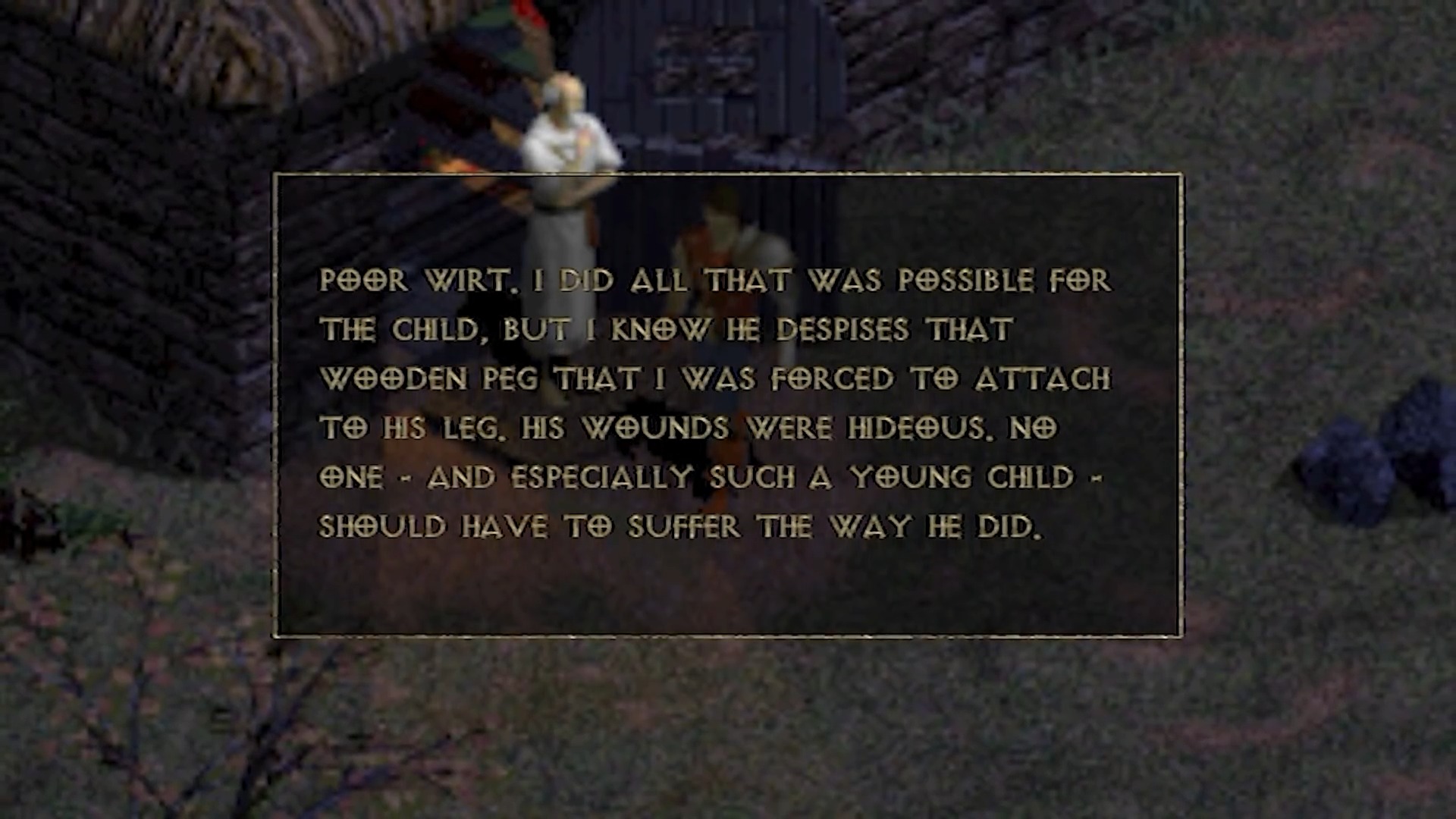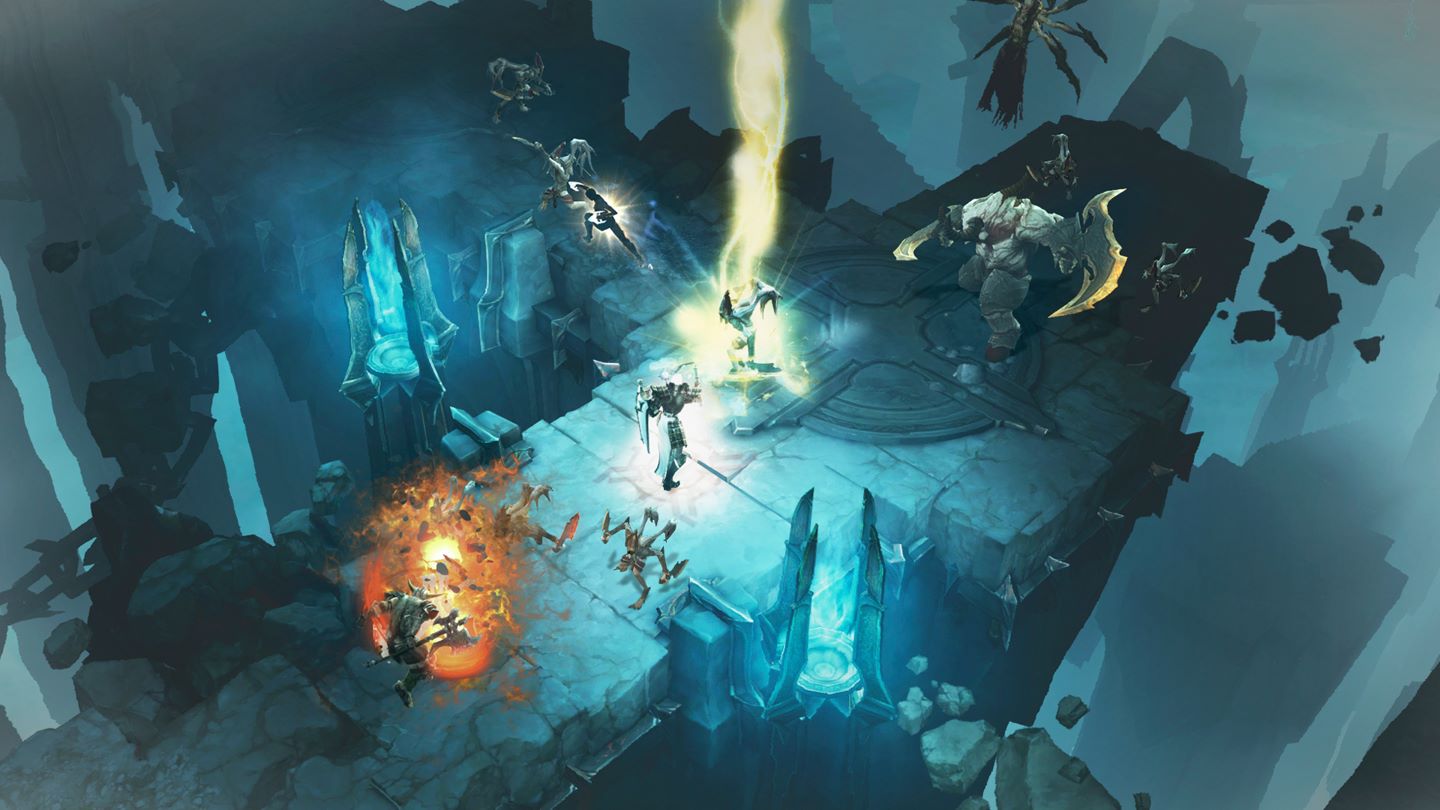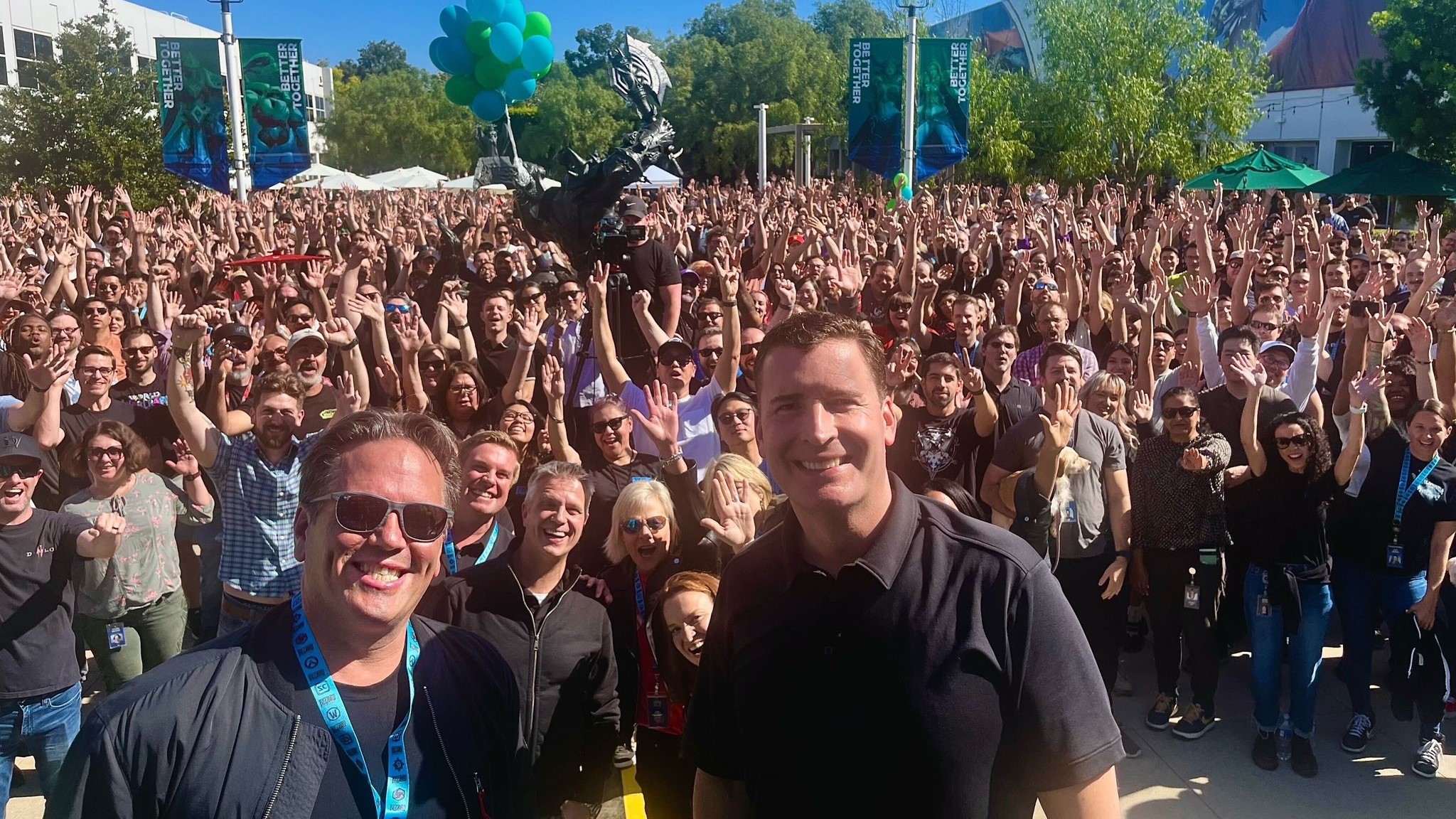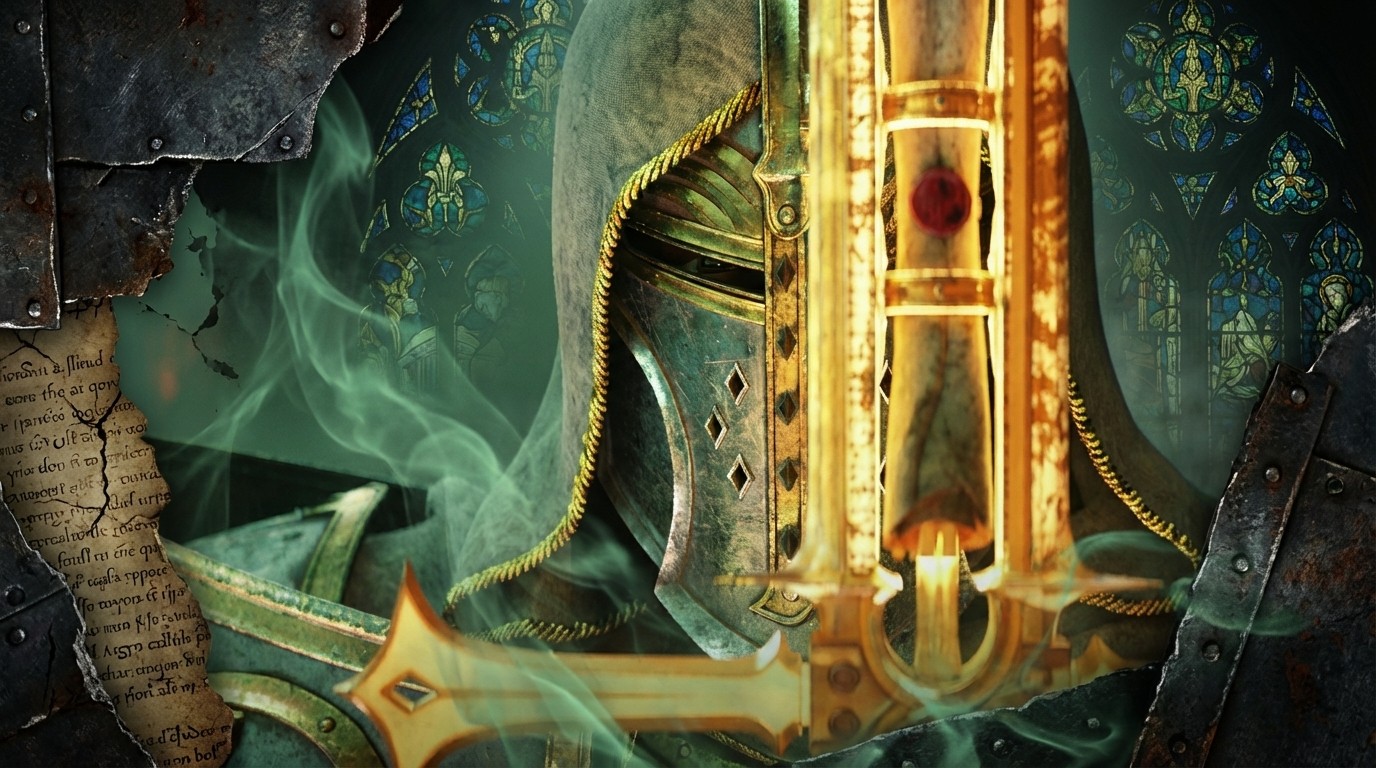From 'Starblo' the Space Diablo that never saw daylight, to Mike Ybarra's plans to cut down on microtransactions — here's 7 things I learned about Diablo from Jason Schreier's book 'Play Nice'
Play Nice documents the history of Blizzard, and with it the Diablo franchise's ups and downs

While I am a huge fan of the Diablo franchise, I find myself grappling with my love for the game against the backdrop of Blizzard's well-documented and tumultuous history. However, I couldn't resist picking up a copy of Jason Schreier's latest book, which chronicles the company's evolution from its founding by three unassuming university graduates to its current status as a subsidiary of Microsoft.
Many readers may dive into 'Play Nice: The Rise, Fall, and Future of Blizzard Entertainment' for its more controversial content, but I was delighted to uncover fascinating nuggets of information about the Diablo franchise—details I had either never encountered or had only skimmed over on a Diablo Wiki page. Here are seven of the most interesting things I learned about Diablo's history.
REVIEW: Play Nice is a great read that gave me better insight into Blizzard's history
1. Diablo was originally turn-based

David Brevik, the creator of Diablo, initially envisioned it as a turn-based RPG inspired by games like X-COM. You can actually read the full PDF of the Diablo pitch online.
After showing the concept to Blizzard, they agreed to support it—but only if two key changes were made. The game needed to be multiplayer, and, like Warcraft, the gameplay had to unfold in real-time. Though Brevik was initially horrified by the idea, he eventually admitted that it "was the right call" after developing a prototype.
2. One of the most memorable characters was the result of a bug

One of the most iconic characters in Diablo and Diablo 2, Wirt, became famous for his wooden leg, which is even used to access the game's hidden cow level. This wooden leg wasn’t part of the original design—it was added by artist Eric Flannum out of frustration when a bug caused Wirt to limp. "I just ripped his leg off and put in a peg leg," Flannum recounts in Jason Schreier's book.
3. Diablo 2 development took its toll on the creator

While Diablo 2 solidified David Brevik's place in gaming history, the game’s development came at a high personal cost. The intense work schedule ended his marriage and strained his relationship with his daughters. "For me to be part of that team and recognized as the leader is really special, but it was extremely costly," Brevik reflected, underscoring the sacrifices behind the success.
4. "Starblo"— Diablo in Space?
Before Diablo 3, Blizzard toyed with the idea of "Starblo", a name really as bad as it sounds and one that would be changed before launch.
Starblo would a sci-fi version of Diablo 2 where players would travel between planets, fighting aliens and gathering loot. Former Blizzard Vice President Erich Schaefer, interviewed by Techraptor in 2018 said "It was very 'Diablo 2-ish in space', a little bit crazier and more science fiction. But it was crisp. It had movement and [fun skills] and good pacing."
Despite excitement from the team, the project was scrapped after the closure of Blizzard North.
5. Diablo 3’s early concept foreshadowed Diablo 4

In its early development, Diablo 3 was envisioned as an MMORPG, heavily inspired by Ultima Online. With large-scale multiplayer towns and 3D graphics. Hundred of people would be able to interact and play together, congregating in towns but leaving into separate instances.
The book highlights that the early plans for Diablo 3 bore a striking resemblance to what would eventually become Diablo 4. At the time, however, Blizzard North lacked the necessary technology to realize their ambitious vision. As World of Warcraft skyrocketed in popularity, its success began to consume Blizzard’s staff and resources, forcing the team to significantly scale back Diablo III. Schreier’s interviews with Blizzard staff reveal just how much World of Warcraft impacted the development of the Diablo series. Its unprecedented success altered Blizzard’s trajectory forever, leaving an indelible mark on the company’s priorities. Today, the inclusion of World of Warcraft skins in the Diablo IV store feels almost poetic, a nod to the game that reshaped Blizzard’s focus.
All the latest news, reviews, and guides for Windows and Xbox diehards.
6. Diablo 3's second expansion was cancelled even before the launch of Reaper of Souls

Many fans still lament the absence of a second expansion for Diablo 3, and rumors persist that elements from the Diablo 3 Necromancer pack were originally intended for this canceled content. These rumors, however, were overly optimistic. Despite the success of Reaper of Souls in revitalizing Diablo 3, Blizzard executives had already made the decision to cancel the second expansion before Reaper of Souls even launched. As Jason Schreier notes in Play Nice, “No matter what happened with Reaper of Souls, they were done.”
Blizzard’s leadership saw Diablo 3 as a commercial disappointment compared to their other franchises, and they doubted that Reaper of Souls would be enough to turn the tide. Additionally, Diablo 3’s business model lacked the long-term revenue streams that Blizzard increasingly prioritized. While the game sold huge numbers, it was a one-time purchase with no ongoing income to justify maintaining a large development team. Jay Wilson, Diablo 3’s game director, disagreed with the executives' stance. "Did it make World of Warcraft money? No, but it made more money than most things Blizzard makes," he said. Yet, in the post-Activision Blizzard merger era, only World of Warcraft-level revenue seemed to matter.
Later the decision would come back to haunt them, as it was made on the basis of Diablo 4 shipping earlier than it actually did. When development didn't go to plan on Diablo 3's successor, later being completely rebooted, Diablo 3 received further negative reception due to lack of content. Something that could have been avoided.
7. Mike Ybarra wanted to cut down on microtransactions in Diablo 4

One of the most intriguing revelations in Play Nice involves Mike Ybarra's stance on microtransactions in Diablo 4. Those same microtransactions that have reportedly made the company over 1 billion since launch. As Blizzard’s president before the Microsoft acquisition, Ybarra aimed to scale back the game's microtransactions and reboot Overwatch. A passionate gamer himself, Ybarra frequently offered his input to development teams—often uninvited, which made him unpopular with some within the company. He sought to steer Diablo 4 away from the live-service model that was in development at the time.
Despite once boldly declaring that “someone will have to drag me out of Blizzard,” Ybarra’s tenure came to an end in 2023, following Microsoft's takeover. His departure coincided with a massive wave of layoffs across Blizzard, marking a significant shift for the company.
Want to know more?

Jason Schreier also appeared on the Pure Diablo podcast to discuss Play Nice and provide deeper context to some of his discoveries. During the episode, he shared additional insights that didn't make it into the book, including a fascinating story about a two-year "labor of love" patch for Diablo 2 which was the sole responsibility of one employee.
The Pure Diablo podcast had previously interviewed Jay Wilson, who revealed an interesting tidbit: Diablo himself wasn’t originally part of the plans for Diablo 3. This is particularly amusing, considering we still haven't seen the Prime Evil in Diablo 4. You can check out the Pure Diablo podcast above and I'd highly recommend grabbing Jason Schreier's book if you have even a passing interest in Blizzard titles.
Play Nice: The Rise, Fall, and Future of Blizzard Entertainment | $30 at Amazon
The result of interviewing and chronicling the stories of over 350 people, reporter Jason Schreier brings together the entire history legendary developer Blizzard Entertainment, charting the studio's unassuming origins, huge successes, and behind-the-scenes drama that have all culminated in the company being brought into Xbox.
Buy from: Amazon

Jen is a News Writer for Windows Central, focused on all things gaming and Microsoft. Anything slaying monsters with magical weapons will get a thumbs up such as Dark Souls, Dragon Age, Diablo, and Monster Hunter. When not playing games, she'll be watching a horror or trash reality TV show, she hasn't decided which of those categories the Kardashians fit into. You can follow Jen on Twitter @Jenbox360 for more Diablo fangirling and general moaning about British weather.

